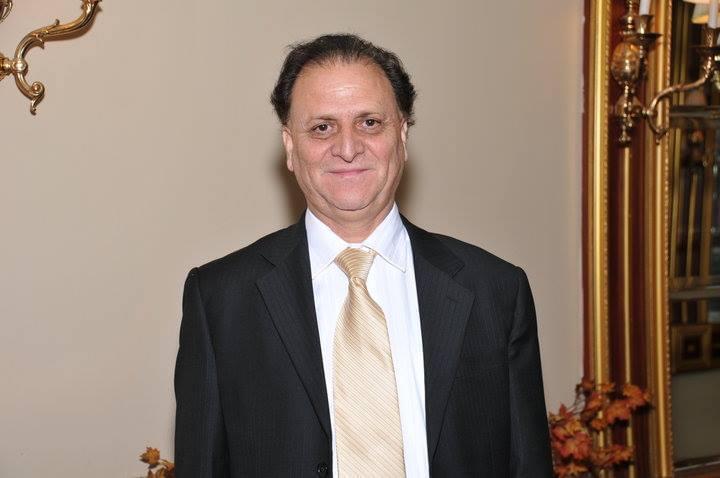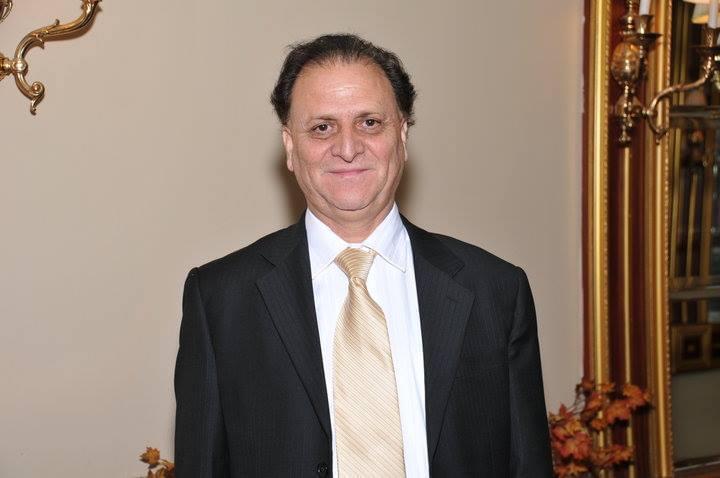By Noor Zehra
The Higher Education Commission of Pakistan must realize that our agenda is too outdated to regulate the entire Pakistani education system. A curriculum that rejects skill enhancement and solely focuses on word-to-word cramming of textbooks gives no outcomes. Despite a 58% literacy rate, Pakistan is dawdling in the fields of science, art, and technology.
Since the beginning, the Pakistani curriculum has focused on impractical education and defined syllabus. Volunteer work, monthly webinars, yearly internships, project-based exams, mega-projects, and after-school courses must be made mandatory in order to discover youth’s hidden talents
Pakistan is in dire need of young talent. More than 64% of the population of Pakistan is youth. However, witnessing mind-blowing and innovative students has by far been an unfulfilled dream. It is high time we acknowledge the soaring competition in education. Teachers need to come out of their reserved shells and modernize teaching strategies. Our education system needs to be personalized instead of being generalized.
First World Countries give more importance to a student’s exposure than education. Pakistani youth, too, needs an enhanced methodology for judgment of their intellectual capabilities. Learning strategies must be reformed before we are left with outdated information and educated yet futile youth. We must assign a certain percentage to community work and after-school courses in the annual result sheets. Consequently, each student will contribute to the community’s welfare and prove to be an asset to our nation. At the same time, after-school courses based on practical learning would equip students with multiple talents and fuel their passion for fields of science and technology.
Besides, youth conferences should be held throughout Pakistan to determine the students’ policy-making skills and guide them in their respective fields. HEC must understand that heavier input is needed to get an incredible result. Our budget for education needs to be expanded. We can excel in every field by spending on our youth instead of political turmoil.
Due to very little exposure, Pakistani students struggle to avail themselves of scholarships in the world’s top-ranking universities. Most Pakistani students do not know enough about the eligibility criteria for scholarships. They remain shocked and clueless for days and months after discovering that grades hold little significance in scholarships. It invalidates their years of hard work and cramming. They come to know that community services, publications, and certifications are more important at this stage, not grades.
We must allow our youth to explore their talent in order to have a brighter future for Pakistan. The money spent on huge flags, unnecessary celebrations, and white-collar crimes must be invested in education. Our curriculum has exceeded its expiration date, and consuming even a little chunk of it is equivalent to poison. It is harmful to passionate students and devastating to our progress. We must mend our ways before encountering worsened catastrophes.
Education without exposure is a body without a soul. A dead body serves no purpose to a country. HEC must act upon Sir Syed’s advice quoted as, “A nation that does not value education is doomed to failure.” It is obvious that our education system is already yielding no fruit.
Educated students are left with nothing but unemployment. The flaws of our system are prominently disastrous. However, not enough steps are being taken to remove the inaccuracy of our system. HEC must take necessary and instant actions instead of letting the damaged boat float in the sea of continued ignorance.
Writer reaches @ contactn.zahra@gmail.com
writer is author of many columns and affiliated with multiple news papers , Daily the patriot, country news, capitalmovement














